Ravens, along with other members of the corvid family are often regarded as some of the smartest birds around. Despite this, many cultures attach a strong negative association to the raven. Perhaps due to their connection with bad luck, ill omens, and negativity, a large group of ravens is referred to as an “unpleasantness” of ravens. (1)
In spite of the spooky reputation that ravens tend to hold, they have actually had plenty of positive cultural roles as well. Important to Norse mythology, Japanese mythology, and many Native American cultures, ravens even hold positive meanings in many biblical contexts. For people who fear or mistrust ravens, learning a bit of the raven’s cultural history can shed some light onto the unique virtues of this exquisite bird.
Table of contents
Raven symbolism and meaning
Ravens are common birds which tend to hold a lot of symbolism for the cultures which interact with them. While lots of traditions see ravens as an ill omen, they are sacred and important in many cultures as well. (2) Ravens are resilient and are often found in urban environments. They tend to be somewhat fearless around humans and are happy to dwell near human communities in search of scraps. Their tendency to eat carrion has long associated these birds with death, decay, and bloodshed. Despite this, their resourcefulness also connects ravens to ideas like adaptability and wit. (3)
The intelligence of ravens is widely reported, but what you may not know is that the raven’s cognitive abilities are often on par with great apes. Able to solve puzzles, memorize things, interact with objects, and master tasks quickly, on an array of intelligence tests ravens performed at about the same level as an adult chimpanzee. Furthermore, ravens outperformed young human children in some areas. (4) So, ravens may represent intelligence, problem-solving, creativity, or genius.
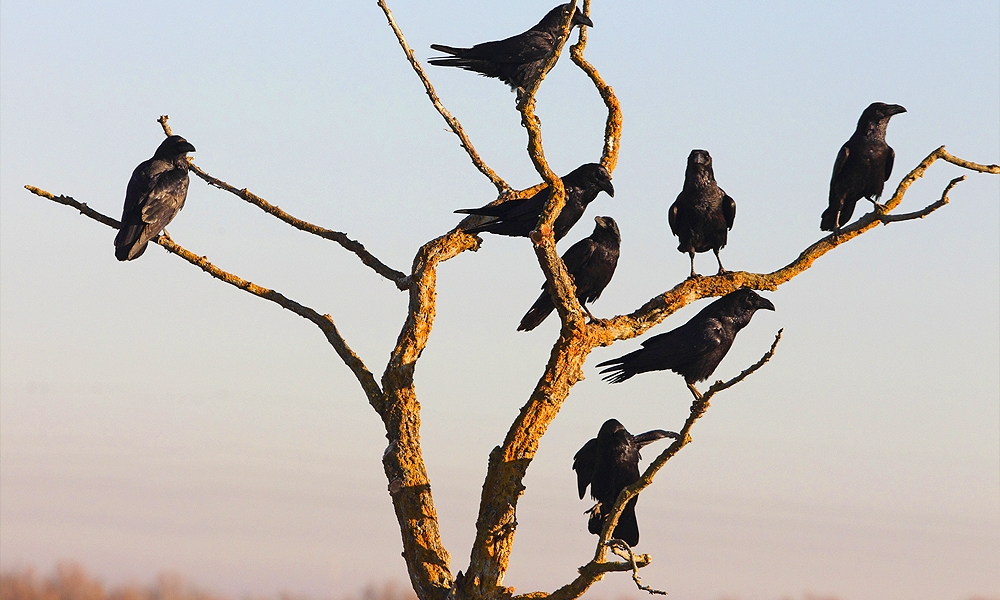
The dark coloration of the raven as well as many cultural traditions which attach mystical significance to these birds means that ravens are often connected with magic and witchcraft. Ravens are not uncommon Halloween decorations and they are quite prevalent in gothic imagery. This aspect of raven symbolism cannot be mentioned without acknowledging the massive popularity of Edgar Allan Poe’s poem, The Raven, which incorporates eerie themes of death and finality with this corvid.
“Open here I flung the shutter, when, with many a flirt and flutter, In there stepped a stately Raven of the saintly days of yore; Not the least obeisance made he; not a minute stopped or stayed he; But, with mien of lord or lady, perched above my chamber door—Perched upon a bust of Pallas just above my chamber door—Perched, and sat, and nothing more. Then this ebony bird beguiling my sad fancy into smiling, By the grave and stern decorum of the countenance it wore, “Though thy crest be shorn and shaven, thou,” I said, “art sure no craven, Ghastly grim and ancient Raven wandering from the Nightly shore—Tell me what thy lordly name is on the Night’s Plutonian shore!” Quoth the Raven “Nevermore.””
Excerpt from The Raven by Edgar Allan Poe (5)
Raven Native American symbolism
In Native American cultures, the raven is both a heroic figure which shapes and creates reality, as well as a trickster figure which can wreak havoc when it so desires. While the raven is considered to be heroic and clever, it is also thought to be greedy, hasty, and prone to foolishness. (6)
In some traditions, the raven is credited with restoring light to the world after a period of darkness. According to one version of this story, a human chief managed to capture the sun and moon and he kept them locked up in his home for his family alone to enjoy. The world was dark with neither the sun nor moon to light it. One day the raven, who missed the sun, transformed himself into a tiny fish and jumped into the drinking cup of the chief’s daughter. When the girl drank the fish, the raven transformed himself into a baby inside of her. When that baby was born, he was the chief’s beloved grandchild. One day, the human infant raven began to cry to his grandfather that he wanted to play with the sun and moon. To stop his crying, the chief allowed the child to take the sun and moon outside. Victory at hand, the raven threw the sun and moon back into the sky, revealed his true form, and flew away. (7)
In many traditions, a great raven is credited with creating the world itself. For this reason, some Native American cultures hold the raven to be a sacred animal. (8)(9)
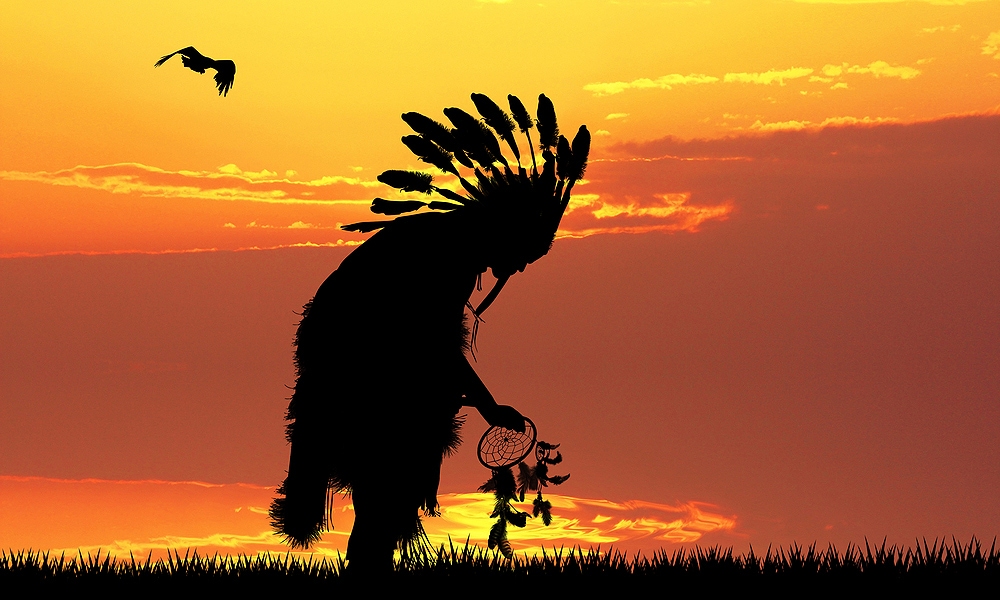
Some stories about the raven are more fearsome than others. One legend from the Northwest describes the raven as a conniving creature who feeds off of carrion whilst his village starves due to a famine. In this story, the raven earns the chief’s daughter as his wife, but she cannot stand the carrion smell that he gives off and she flees from him. He takes another girl to be his wife and brings home a great whale for everyone to eat. In the end, the raven’s whale causes the deaths of everyone in the village except for the raven, his grandmother, and his new wife. (10)
Raven Christianity symbolism
Ravens appear a number of times in the Bible and seem to serve different symbolic purposes depending upon the context. In Job, for example, the raven is used as an example of one of the many animals whom God alone provides for on earth. The raven is symbolic of God’s role as the creator and provider of all things.
“Do you hunt the prey for the lioness
and satisfy the hunger of the lions
when they crouch in their dens
or lie in wait in a thicket?
Who provides food for the raven
when its young cry out to God
and wander about for lack of food?”— Job 38:39-41 (11)

According to Genesis, the very first bird which Noah sent out to search for land after the catastrophic flood was a raven. (12)
“After forty days Noah opened a window he had made in the ark and sent out a raven, and it kept flying back and forth until the water had dried up from the earth. Then he sent out a dove to see if the water had receded from the surface of the ground.”
— Genesis 8:6-9
In this context, it can be understood that the raven is, at best, unreliable and incapable of fulfilling the task set before it by Noah. At worst, the raven is a treacherous animal who is distracted from his quest or is otherwise uninterested in fulfilling his duty.
Raven Celtic symbolism
Ravens feature prominently throughout many different Celtic traditions. In many cases, ravens represent chaos and death as well as the strength of a warrior. Many ancient Celtic poems praise the strongest warriors for their ability to “feed ravens” on the bodies of their enemies. (13)
In Welsh mythology, the story of Branwen comes to mind. “Bran” means “raven.” The story of Branwen, whose name means “sacred white raven” follows her and her brother Bran through a war that tears Wales and Ireland apart. According to legend, Bran was a great giant and the king of Wales. He chose to have his sister Branwen marry the king of Ireland in order to join the two nations. When the married couple produces a son, though, their evil younger brother slays the child. Disgusted, the king of Ireland locks Branwen away and she is forced to train a bird to deliver a message to Bran to rescue her. Bran walks across the sea to save his sister. In the end, though, Bran is killed and his head is buried beneath the place that would become the city of London. At the end of the story, only a handful of people from Wales and Ireland survive. (14)
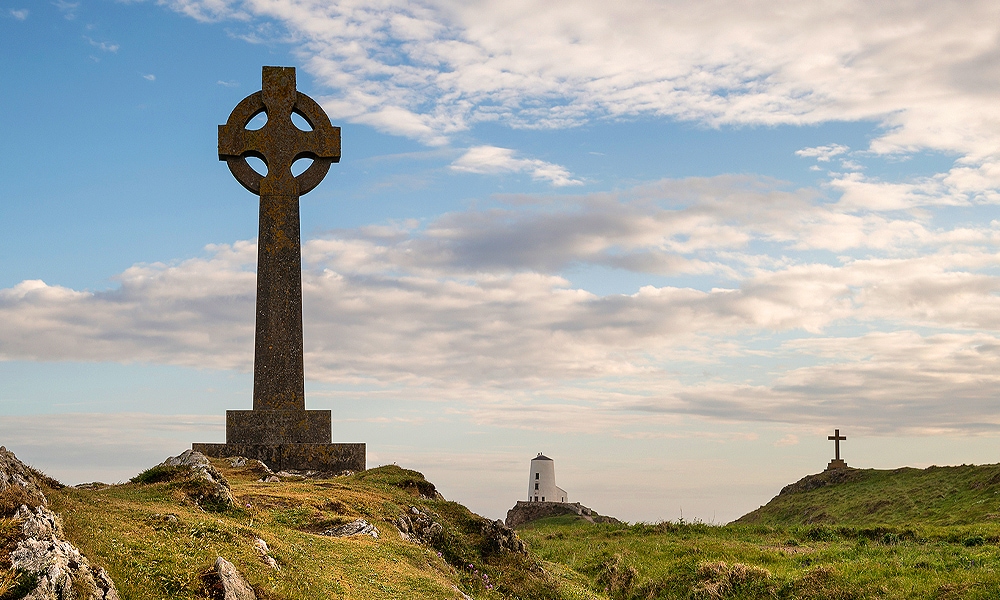
In Irish myths, the raven is one of the symbols of the Morrigan. The Morrigan is a goddess of chaos who appears in many forms throughout Irish mythology. She is a war goddess, but she has the ability to be benevolent towards those whom she favors. In many stories, the Morrigan’s favor decides the victor in important conflicts. (15)
Raven in dreams
Dreaming of a raven may indicate anxiety. Since so many people see ravens as omens of misfortune, a raven dream might indicate that you are worried about the future or that you sense a disaster on the horizon.
Fortunately, superstitions surrounding ravens do not overshadow their positive meanings. Dreaming of a raven might indicate that the problem that you’re facing requires some complex and creative thinking. The raven can indicate puzzles and curiosity as well as creative solutions.
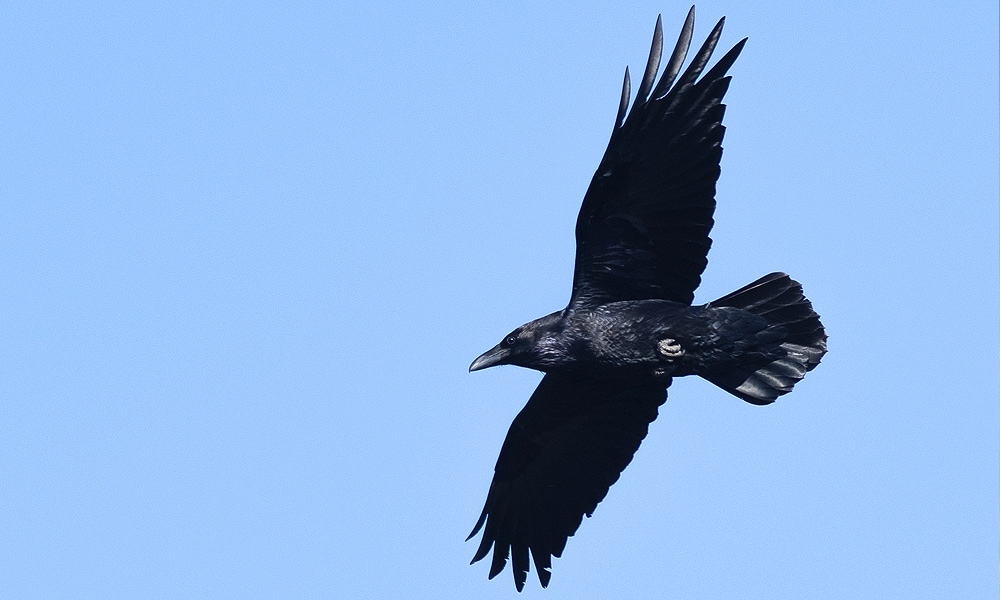
Dreaming of the raven can indicate something unknown or mysterious. A huge part of the superstitious perception of the raven is related to their mysterious allure and dark coloration. Confront the unknown head on and you’ll find that things that seem obscure or frightening are not so tricky as they appear once confronted directly. (16)
Raven encounters and omens
Traditionally, encountering a raven is an omen of death. This is due, largely, to the fact that ravens are carrion birds which feed on the dead and are thus found in close proximity to death. Of course, not every raven encounter could really foretell death, as these birds are common and widespread. Encountering ravens can be a daily experience depending upon one’s location and routines. (17)
So, what else can a raven encounter represent? Well, ravens are found in so many human environments because they are resourceful and capable of making the best out of almost any situation. So, a raven encounter might represent perseverance, resilience, or craftiness. Examine whether you can triumph over the situations that you face by making the most of the resources that you have at your disposal.
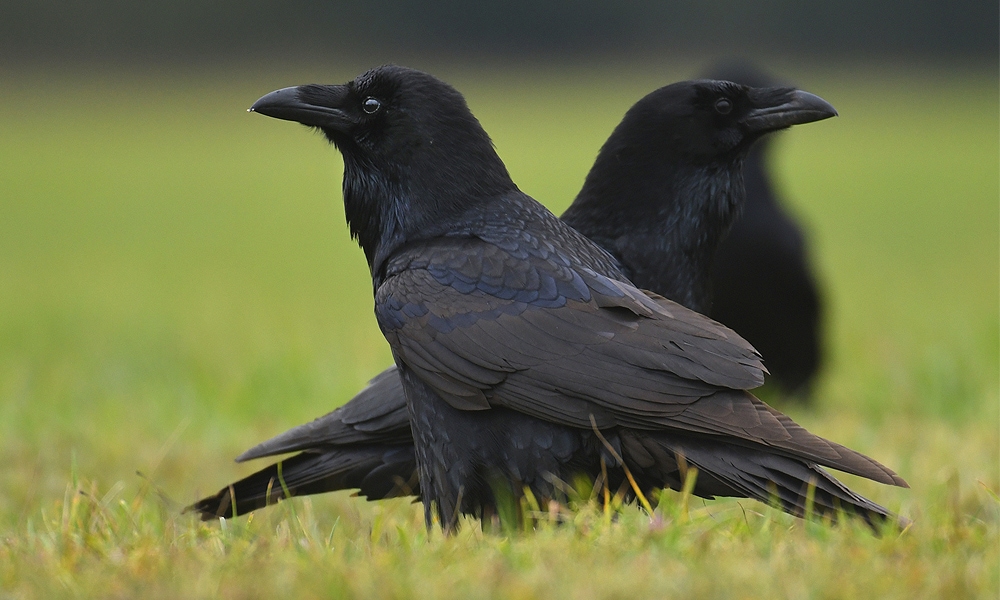
A raven encounter may also represent relationships. Ravens have complex social structures which involve flexible social groups that grow and split and change regularly. Encountering a group of ravens may be a sign to prioritize empathy in future decision-making. (18)
Raven mythology and folklore
In mythology around the world, the raven is a prominent character who is associated with a broad range of personality types. Common motifs associated with ravens include trickery, cleverness, magic, malice, wisdom, and healing.
As mentioned above, ravens are associated with both royalty and chaos in Celtic myths. They bring victory but can also symbolize the brutality of the battlefield.
In Norse mythology, Odin is assisted by a pair of ravens named Hugin and Munin. Hugin and Munin are so important to Odin that he is often referred to as the raven god. Thus, ravens are not only associated with his two helpers but also with one of Norse mythology’s most important god. Hugin and Munin are responsible for flying out and observing the world and then reporting their findings to Odin. In a way, these two ravens act as his eyes around the world. As in Celtic mythology, Odin’s association with ravens probably has something to do with his role as the decider of who lives and who dies on the battlefield. When warriors die in battle, Odin “feeds” ravens. (19)
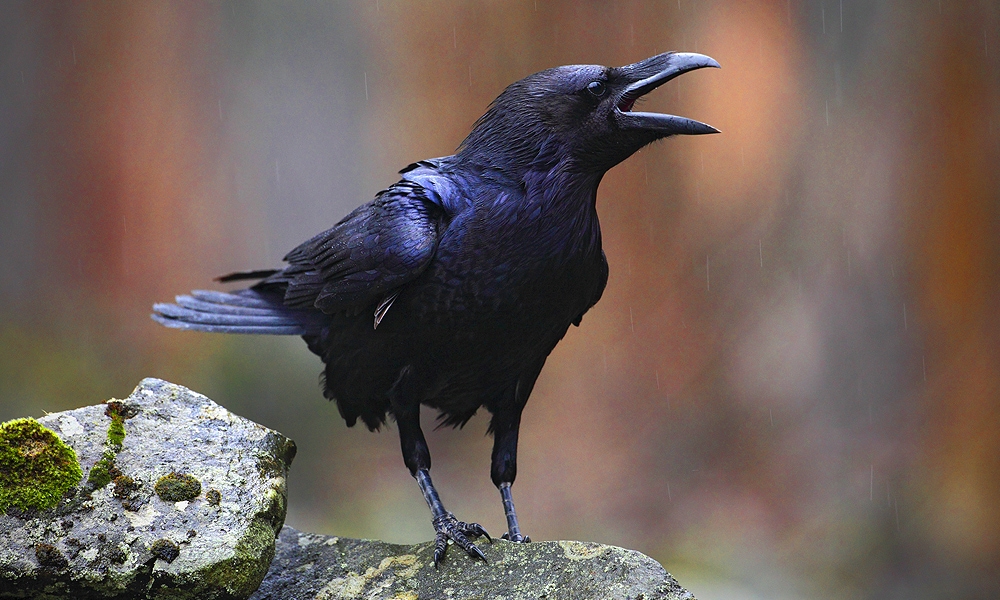
In Japanese mythology, the “Yatagurasu” is a major symbol of both the realm of the divine and of Japan itself. The Yatagurasu is usually portrayed as a crow or raven with three legs. In some stories, the Yatagurasu has the normal two legs but is eight feet long. This mythical creature appears in a number of stories and usually signifies guidance and divine intervention. (20)
In Great Britain, it is said that if the ravens leave the Tower of London, it will fall and so will the Crown of England. (21)
Raven spirit animal
If the raven is your spirit animal then you are likely an intelligent, curious, creative, and sociable personality. The raven spirit animal is often found in people with a deep-seated love for learning. Though they enjoy socializing, people with the raven spirit animal can appear eccentric or odd because of their intense fascination with the things that interest them.
If your spirit animal is the raven, then you may need to work on the ways in which you communicate with others. The raven spirit animal tends to be both very curious and very adept at seeing unusual solutions to problems. Learning to communicate your unique worldview can be tough but it’s very worth the effort! (22)
Raven totem animal
If the raven is your totem animal, then this means that you are gifted when it comes to insight. People with the raven totem are great at digging beneath the surface and learning about the hidden meanings that lie beneath everyday situations. The raven totem is very intuitive and often senses depths beneath things that other people fail to notice.
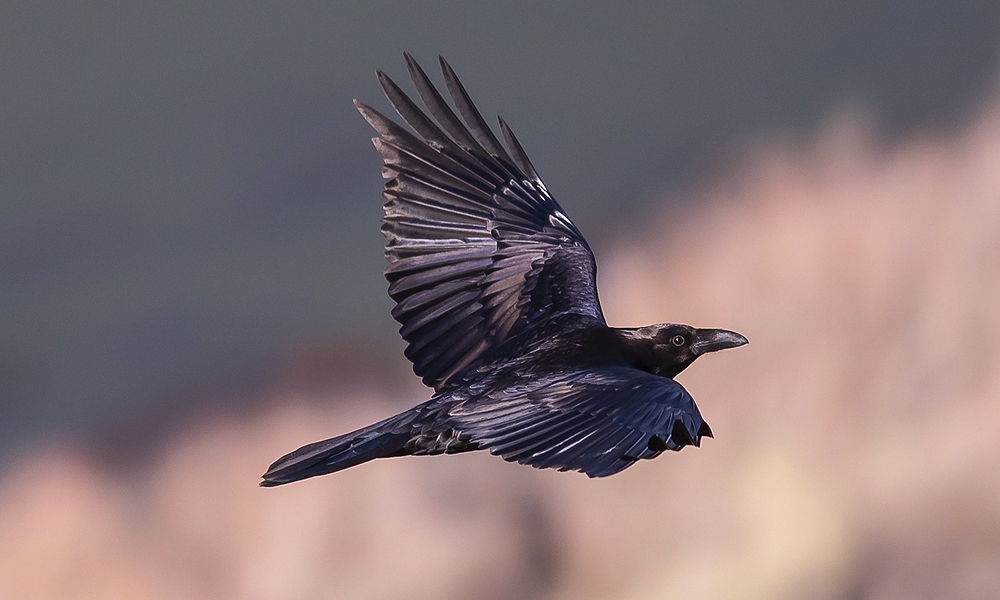
From the outside, people might see the raven totem as lucky, because they tend to choose the most fortuitous possible path. What people don’t see, though, is the complex analysis that goes into each decision. People with the raven as their totem think through each decision very carefully and rarely make decisions blindly. The raven totem is far from impulsive. (23)
Raven power animal
The raven power animal brings solutions. When thinking your way through a difficult problem, call upon the raven power animal to help you gain some perspective and see your issue from a brand new angle. The raven power animal is great at zooming out and gaining a “bird’s eye view” of difficult situations.
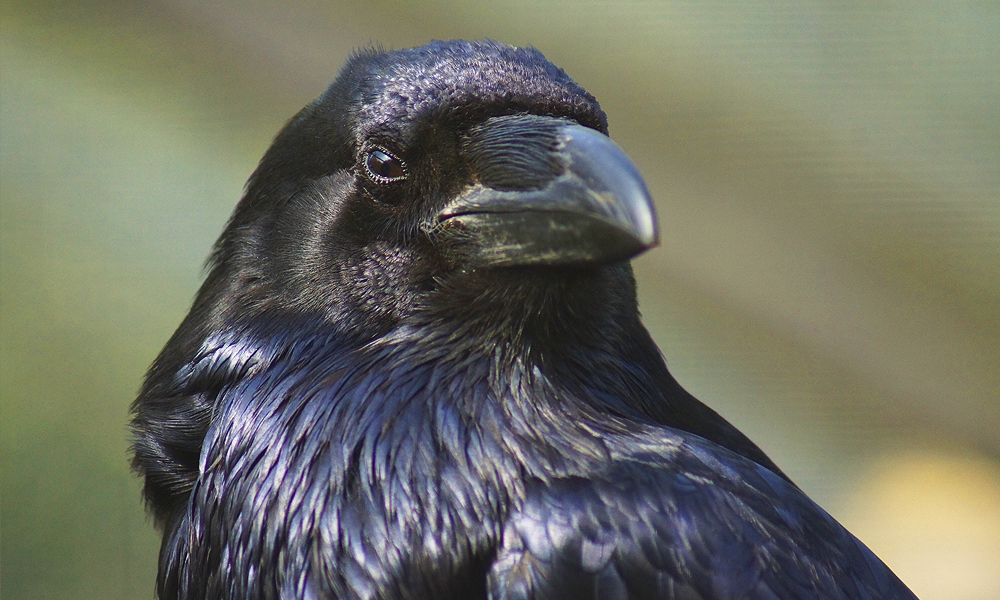
When you feel trapped, call upon the raven power animal to show you the way. The raven power animal brings guidance. (24)
The raven power animal is resourceful. It often reminds us to be grateful for what we have and to use all of our resources to our advantage. When things seem hopeless, the raven power animal reminds us that we have so much more going for us than we might realize.
Raven tattoo meaning
Raven tattoos are usually chosen in conjunction with gothic imagery. In these instances, the raven may be a “memento mori,” a reminder that death is inevitable.
A raven tattoo may also symbolize curiosity, intelligence, and magic.

In the West, crows or raven symbolism may be negative, but in Japan, the crow or raven is depicted in Rising-Sun style and even seen in Shinto shrines. The crow is even the symbol of the Japanese national soccer team! A Japanese raven tattoo may represent divine guidance.
Conclusion
Hopefully, even if you are someone who is unnerved by ravens normally, the stories that we have shared with you have changed your perception a bit. Ravens are nothing to fear. In fact, throughout the world, ravens are often admired and beloved animals. It’s only proper that we should revere them since they rival primates with their impressive intellect!
Related:
